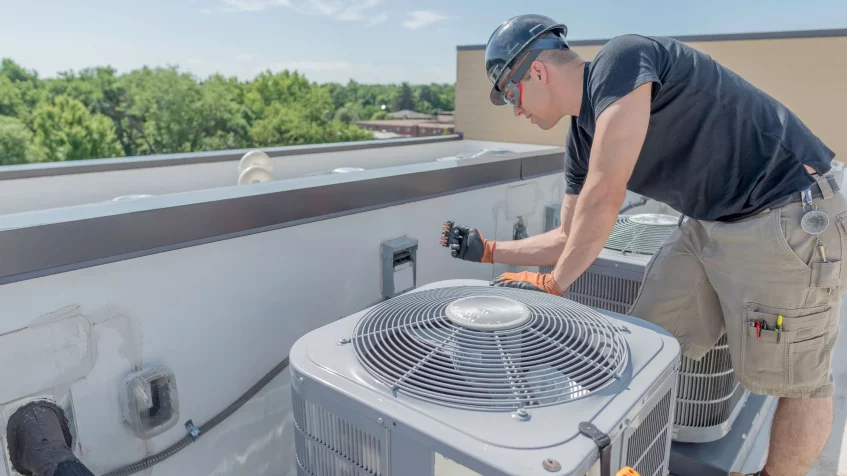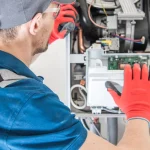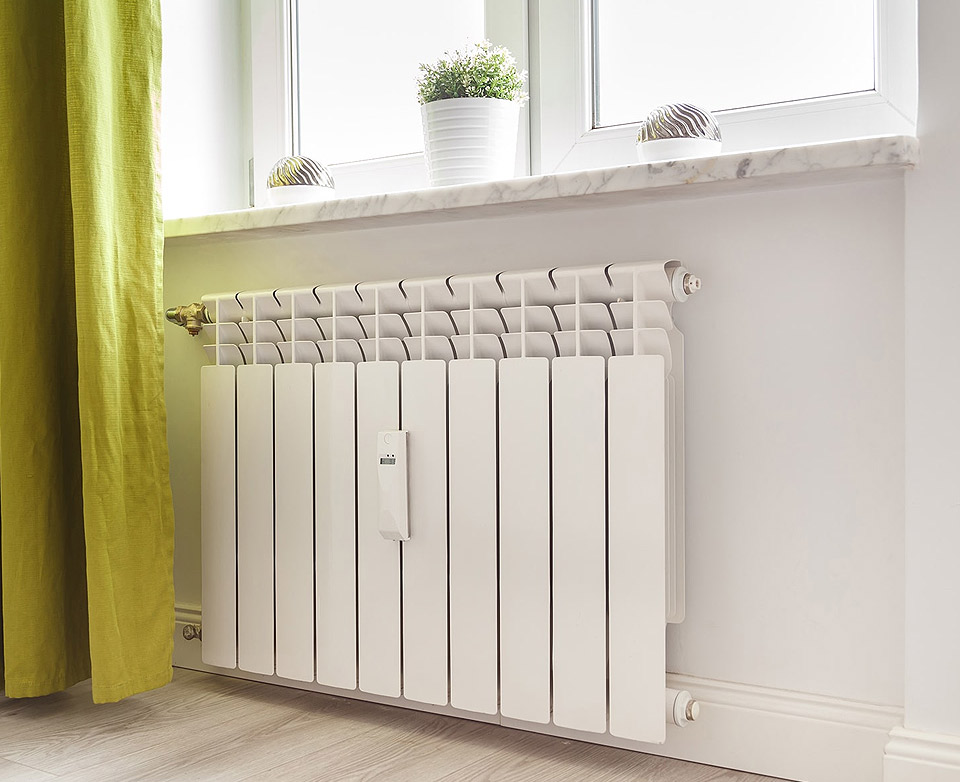
Explore the Latest Trends in HVAC Technology
Heating, Ventilation, and Air Conditioning (HVAC) technology has come a long way in recent years. From improved energy efficiency to advanced smart features, the HVAC industry is continuously evolving to provide homeowners and businesses with more efficient, comfortable, and eco-friendly heating and cooling solutions. In this blog post, we’ll take a closer look at the latest trends in HVAC technology. Whether you’re a homeowner looking to upgrade your HVAC system or a professional in the industry, understanding these trends can help you make informed decisions and stay ahead of the curve.
1. Energy Efficiency Takes Center Stage
Energy efficiency has been a significant focus in the HVAC industry for some time now, and it’s a trend that continues to gain momentum. Home and business owners are increasingly looking for systems that not only provide superior comfort but also reduce energy consumption. Here are some of the energy-efficient HVAC trends:
Variable Refrigerant Flow (VRF) Systems: VRF systems are highly efficient and allow for individualized climate control in different zones, helping save energy by only cooling or heating the areas in use.
High-Efficiency Heat Pumps: Modern heat pumps are more efficient than ever, providing both heating and cooling, and often offering significant energy savings compared to traditional heating and cooling systems.
Inverter Technology: HVAC systems with inverter technology adjust their output based on the specific needs of the space, optimizing energy consumption.
2. Smart HVAC Systems
Smart technology has made its way into the HVAC industry, enabling homeowners and businesses to control their heating and cooling systems remotely and with increased precision. Some of the latest smart HVAC trends include:
Smart Thermostats: Smart thermostats, like the Nest and ecobee, allow you to control your HVAC system through your smartphone or voice commands. They learn your preferences and can adjust temperatures for optimal comfort and energy savings.
Zone Control: Advanced zoning systems enable you to control different areas or rooms independently, saving energy by only conditioning spaces in use.
Machine Learning and AI: Some smart HVAC systems use machine learning and artificial intelligence to adapt to your habits and preferences, further optimizing energy usage.
3. Air Quality Solutions
Indoor air quality is becoming a growing concern for many people, especially in light of health and environmental factors. As a result, HVAC technology is evolving to address these concerns with the following trends:
Air Purification Systems: HVAC systems can now be equipped with advanced air purification systems to remove allergens, pollutants, and even viruses from the air.
Humidity Control: Maintaining optimal humidity levels in your home or business is essential for comfort and air quality. Advanced HVAC systems can now manage humidity levels to prevent issues like mold growth.
Ductless Systems: Ductless HVAC systems not only provide efficient heating and cooling but also reduce the risk of airborne pollutants circulating through ductwork.
4. Sustainable HVAC Solutions
Sustainability is a crucial consideration in modern HVAC technology. Consumers are increasingly looking for eco-friendly solutions that reduce their carbon footprint. The following trends are helping to make HVAC systems more sustainable:
Geothermal Heating and Cooling: Geothermal systems use the constant temperature of the Earth to heat and cool your space, resulting in lower energy consumption and reduced greenhouse gas emissions.
Solar-Powered HVAC: Solar panels can be integrated with HVAC systems to harness renewable energy for heating and cooling, reducing reliance on fossil fuels.
Heat Recovery Ventilation (HRV) Systems: HRV systems capture and reuse heat from exhaust air, significantly improving energy efficiency.
5. Refrigerants and Eco-Friendly Solutions
The HVAC industry is actively working to reduce the environmental impact of refrigerants used in air conditioning systems. The latest trends in this area include:
Low-GWP Refrigerants: The industry is shifting towards low-GWP (Global Warming Potential) refrigerants that have a lower environmental impact compared to older refrigerants like R-22.
Hydrofluoroolefin (HFO) Refrigerants: HFO refrigerants are being developed and used in HVAC systems to replace older, high-GWP refrigerants, contributing to a reduction in greenhouse gas emissions.
Natural Refrigerants: Natural refrigerants like carbon dioxide (R-744) and ammonia are gaining popularity for their low environmental impact.
6. Predictive Maintenance and Diagnostics
The integration of sensors and data analytics into HVAC systems allows for predictive maintenance and diagnostics. This trend enables HVAC systems to detect issues before they become significant problems, saving both time and money. Predictive maintenance can help prevent breakdowns, increase system lifespan, and optimize performance.
7. Quiet Operation
While efficiency and smart technology are essential, comfort and peace of mind are equally important. HVAC manufacturers are focusing on developing quieter systems to enhance the overall user experience.
Conclusion
The HVAC industry is constantly evolving, and staying up-to-date with the latest trends in HVAC technology is essential for homeowners, businesses, and professionals in the field. Whether it’s energy efficiency, smart technology, air quality solutions, sustainability, eco-friendly refrigerants, predictive maintenance, or quiet operation, these trends are shaping the future of heating, ventilation, and air conditioning. As you consider upgrading or installing HVAC systems, keep these trends in mind to make informed decisions that align with your goals for comfort, efficiency, and sustainability. Embracing the latest HVAC technology can enhance your quality of life while reducing your environmental footprint.










